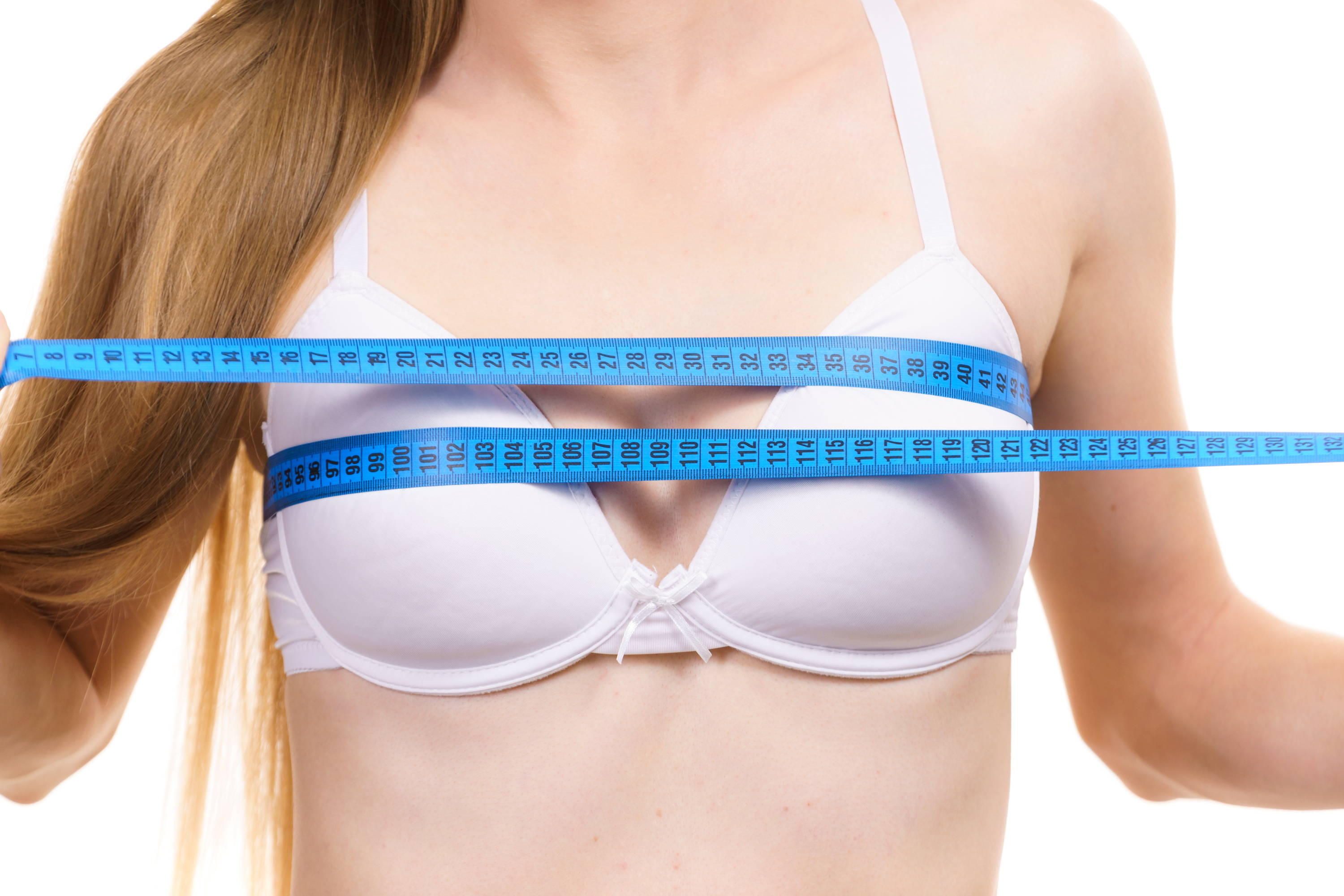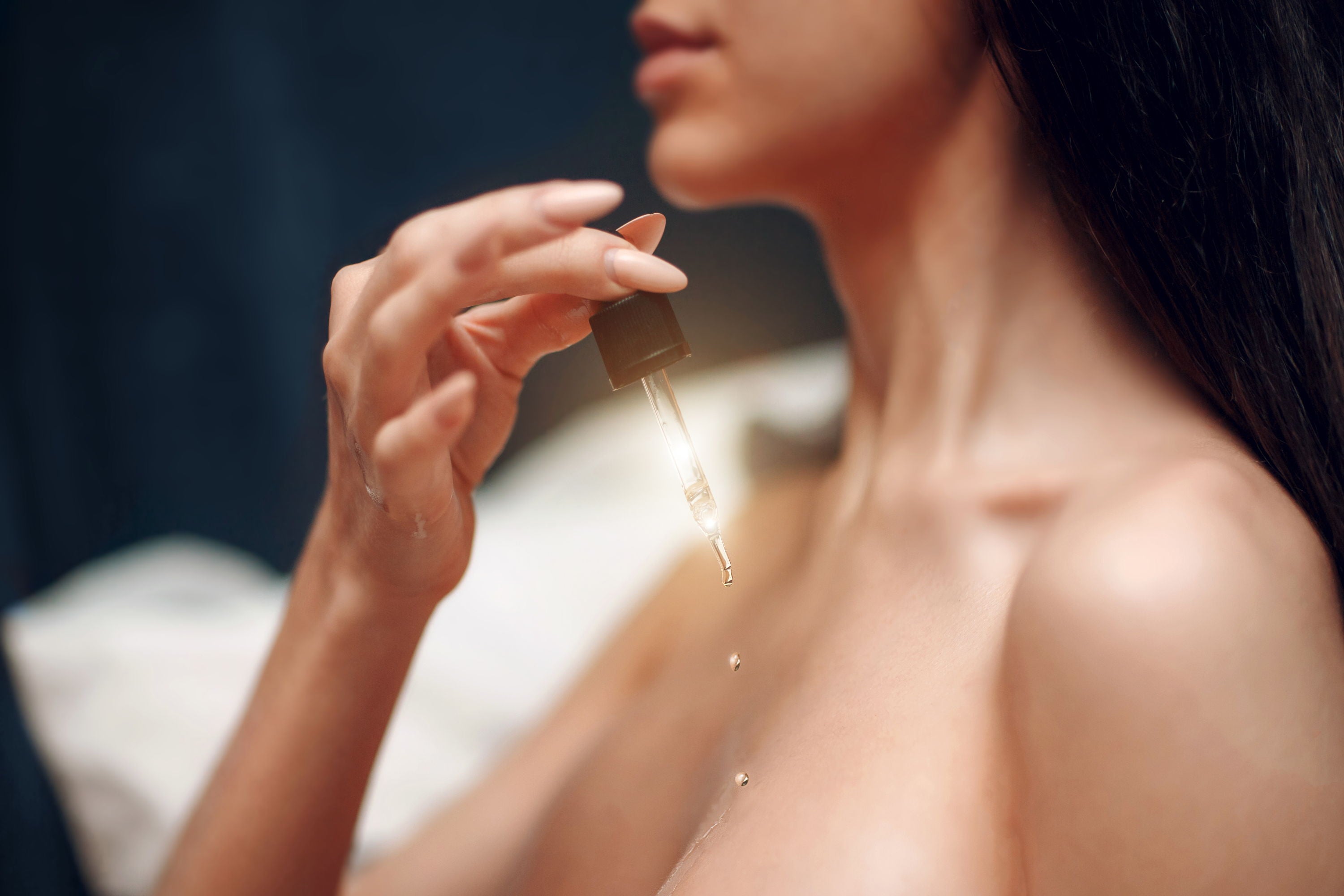Serum for Oily Skin:
What to Look For and What to Expect
Serum for Oily Skin:
What to Look For and What to Expect
Are you wondering why so many people are looking for a good serum for oily skin?
Oily skin affects 40% up to 55% of the adult population, according to recent estimates. This is for people within the ages of 20 to 40 years old.
However, the fact remains that everyone’s skin actually produces oil, also known as sebum. This only becomes a problem when your skin produces too much oil, causing that extra shine that a lot of people want to get rid of.
Serums are used for a variety of skin problems from extra oil production to crow’s feet and fine wrinkles. This product mainly provide the essential nutrients for the skin.
Serums are used for a variety of skin problems from extra oil production to crow’s feet and fine wrinkles. This product mainly provide the essential nutrients for the skin.
GLOWING SKIN GROCERY LIST
GLOWING SKIN GROCERY LIST
Table of Contents
- 1. NATURAL VASODILATORS GROCERY LIST
- 2. Why Natural Vasodilators?
- 3. Blood Flow Supporting Foods
- Cayenne Pepper and Chili
- Citrus Fruits
- Dark Chocolate and Raw Caca
- Ginger
- Black Ginger
- Garlic
- Watermelon
- Tea
- Pomegranate
- Walnuts, Pistachios, Peanuts and Most Other Nuts
- Red Wine and Grapes
- Beetroot
- Spinach
- Raw Honey
- Kale
- Shrimp
How Do You Get Oily Skin?
How Do You Get Oily Skin?
Underneath each of the pores on the human skin is something called the sebaceous gland. This is the gland responsible for producing skin oil, the sebum.
Sebum, believe it or not, is essential for the skin’s overall health. It’s the oil that keeps the skin hydrated.
There are certain factors that make the sebaceous glands to produce more oil than usual. It can be lifestyle factors, environmental, and it can even be genetic.
When people use a serum for oily skin or any other potential solution, they’re not actually looking to get rid of the oil for good. That’s impossible—unless you remove all the sebaceous glands, that is.
When you use products for oily skin, what you’re looking for is a way to reduce the production of oil on the skin—particularly the face.
Human skin produces more oil as a hormonal response to dryness. When it feels the needs hydration, the skin produces more oil to compensate for it.
Until Special Offer Expires
100% Money Back Guarantee
What Your Genes Have to Do with It
What Your Genes Have to Do with It
Some people have naturally oily skin—some more than others. This is due to their genes.
The trait of producing more sebum can actually be handed down from one generation to the next. That means if your parents or even your grandparents have oily skin, chances are you may also have it too.
It may not look like it while you are young, but there is a pretty good chance that sometime soon, this trait will show itself.
Your Age
Your Age
The customers who buy serum for oily skin are usually people above the age of 20. However, there are pubescent youth and even some menopausal women who may also need these solutions.
What this means is that your age also has a lot to do with the oil on your face. As you age, usually above 40 years old, your skin starts to produce less oil.
That means the sebaceous glands aren’t functioning as they used to. They tend to slow down their production of sebum.
You may think that this is some kind of good news—you’re naturally going to have less oily skin. However, when sebum production goes down it also opens up several problems.
With less sebum on your face, your facial skin becomes dryer and more prone to wrinkles. That is why older folks, especially menopausal women, tend to have crow’s feet and fine lines.
Note that when you reach your 30s, your skin’s composition will start to decline. In other words, your skin is no longer the same as it was when you were in your 20s.
Time of the Year and Your Location
Time of the Year and Your Location
Apart from genetics, your location and the particular time of the year can affect the production of oil on your face.
Have you ever noticed that your face tends to get oilier when you go to places with humid or maybe hot climates? You probably also get a shiny face during summer more often than during any other time of the year.
When it’s hot and humid, your skin pores get enlarged and thus it produces more sebum. It’s obvious that you can’t just pick up and move to a new place but you can adjust your skincare routine.
Using the Wrong Skincare Products
Using the Wrong Skincare Products
Finally, you can use a serum for oily skin or some other skincare products. However, if you are using the wrong treatment product you may still get an oily face.
You should match the product with your skin type. For instance, if you use creams that are too heavy, then you will see some shine.
What are Serums?
What are Serums?
Serums are one of the go-to skincare products. They are used for a variety of skin problems from extra oil production to crow’s feet and fine wrinkles.
They are designed to deliver higher concentrations of the product’s active ingredients. These products are often used as a part of a regular skincare routine.
For example, you can start by using a skin cleaner to remove dirt and sebum from your pores. After that, the next step is to apply a serum for oily skin.
It will provide the essential nutrients for the skin. Finally, you finish things off by applying some moisturizer.
There are a lot of different serums and they are designed for different applications in mind. Some are best suited for skin brightening while others provide better hydration as the main benefit, which is the case for any serum for oily skin.
Face Serum Types
Face Serum Types
There are several types of face serums. Note that each type is designed for a specific purpose.
- Anti-Aging Serums: slow the aging process and help reduce fine lines and wrinkles.
- Antioxidant Serums: protect skin from damage caused by free radicals. They also protect the skin from premature aging.
- Hydrating Serums: these serums are designed to moisturize the skin. A serum for oily skin is a hydrating serum that delivers ingredients to deeper layers of the skin and prevents the over production of sebum.
- Color Correcting Serums: these serums are designed to treat hyperpigmentation.
In case of people with oily skin, they should get hydrating serums or a serum for oily skin. Note however that these serums aren’t meant to be a replacement for moisturizers.
Some might think that this type of serum is for dry skin. That is definitely true.
However, people with oily skin and those with acne-prone skin also benefit from using hydrating serums than any other type of serum.
Remember that oily skin needs deep moisturizing. Make sure that you are getting a water-based serum to prevent clogging of the pores, and it won’t leave you feeling greasy as well.
Ingredients to Look For
Ingredients to Look For
Check the label of every serum for oily skin to see if they have ingredients that can help prevent the overproduction of sebum. Consider products that have the following ingredients:
1. Retinol
1. Retinol
Retinol is a form of vitamin A, best known for its ability to enhance skin cell turnover. This means it can speed up the production of new skin cells and bringing them out to the surface to replace old skin cells.
Increased skin cell turnover can help unclog pores, which also helps reduce oil on the skin. It can also help to reduce the size of the skin’s pores.
2. Hyaluronic Acid
2. Hyaluronic Acid
Hyaluronic acid can facilitate skin hydration. Studies show that it can also help reduce wrinkles, skin redness, and prevent dermatitis.
3. Glycerin
3. Glycerin
Glycerin is a type of sugar alcohol and it is derived from a variety of sources such as petroleum, plants, and even animal products.
Studies show that it can improve the skin’s smoothness and increase hydration within 10 days of use. Some experts believe that it is better than hyaluronic acid since it also prevents the loss of skin moisture.
It also protects the skin from microbes and irritants, and even soothes wounded and inflamed skin.
4. Salicylic Acid
4. Salicylic Acid
This is an anti-inflammatory acid which can help stop oily skin. It does that by breaking up dead skin cells and penetrating deep inside the pores.
Salicylic acid also helps get rid of whiteheads and blackheads, which are common on oily skin.
5. Niacinamide
5. Niacinamide
Niacinamide is also known as vitamin B3. It supports healthy collagen production and reduces inflammation.
Studies show that it doesn’t just hydrate the skin. This vitamin also reduces the production of sebum.
6. Vitamin A
6. Vitamin A
Retinol is sometimes combined with other forms of vitamin A to further enhance its benefits. Vitamin A is an essential nutrient in the body that can also promote skin health among other things.
It has anti-inflammatory properties, which can also help prevent acne. Last but not least, vitamin can stimulate the production of collagen which can help reduce wrinkles and fine lines on the face.
7. Vitamin C
7. Vitamin C
Vitamin C is an antioxidant that protects the body from damage caused by free radicals. It also helps improve the skin’s hydration and prevent water loss on the skin.
Due to its antioxidant effects, it can also reduce inflammation on the skin. When applied topically, it can also help treat hyperpigmentation.
8. Vitamin E
8. Vitamin E
When you’re in the market for serum for oily skin, make sure that it also contains vitamin E. Apart from protecting the skin from solar radiation and free radicals, it also speeds up cell turnover and improves cell regeneration.
9. Witch Hazel
9. Witch Hazel
Witch hazel extract can help remove excess oil on the skin. It has anti-inflammatory properties, and it can also soothe the skin.
10. Tea Tree
10. Tea Tree
Aside from healing wounds and inflammation caused by skin bacteria, tea tree extracts also help to remove dead skin cells and improve skin moisture. It also reduces inflammation, swelling, and skin redness.
11. Willow Bark Extract
11. Willow Bark Extract
Willow bark extract is sometimes dubbed as “nature’s aspirin” because of its anti-inflammatory and pain relieving effects.
Willow bark extracts help to exfoliate the skin and remove excess oil. It also helps to reduce acne.
12. Pueraria Mirifica
12. Pueraria Mirifica
Pueraria mirifica serum is perhaps the most potent serum for oily skin. It has a number of significant skin care benefits especially for oily skin.
It promotes skin hydration, delays skin aging, reduces pore size, and it can improve skin elasticity.
Always check the label of every serum for oily skin to see if they have ingredients that can help prevent the overproduction of sebum.
Always check the label of every serum for oily skin to see if they have ingredients that can help prevent the overproduction of sebum.
PUERARIA MIRIFICA
WHAT DOES THE RESEARCH SAY?
Conclusion
Conclusion
When you’re shopping for a serum for oily skin, make sure it contains essential nutrients and extracts like pueraria mirifica, retinol, and others. Serums provide your skin with the highest dose of active compounds and essential nutrients that can help prevent the overproduction of oil on the skin.
All our products are research-backed. We spend countless hours reading through clinical
research to make sure our products do exactly what we say they will.
That's why we take responsibility for all the risk and guarantee you'll get results. If not, you're protected by an ironclad 60-day money-back
guarantee.
Simply put, if our products don't work for you, let us know and we'll refund you
everything. No questions asked.
ONLY THE BEST EARTH GROWN NUTRIENTS
*These statements have not been evaluated by the FDA. Products are not intended to diagnose, treat, cure or prevent any disease.
The information on this website has not been evaluated by the Food & Drug Administration or any other medical body. We do not aim to diagnose, treat, cure or prevent any illness or disease. Information is shared for educational purposes only. You must consult your doctor before acting on any content on this website, especially if you are pregnant, nursing, taking medication or have a medical condition.





